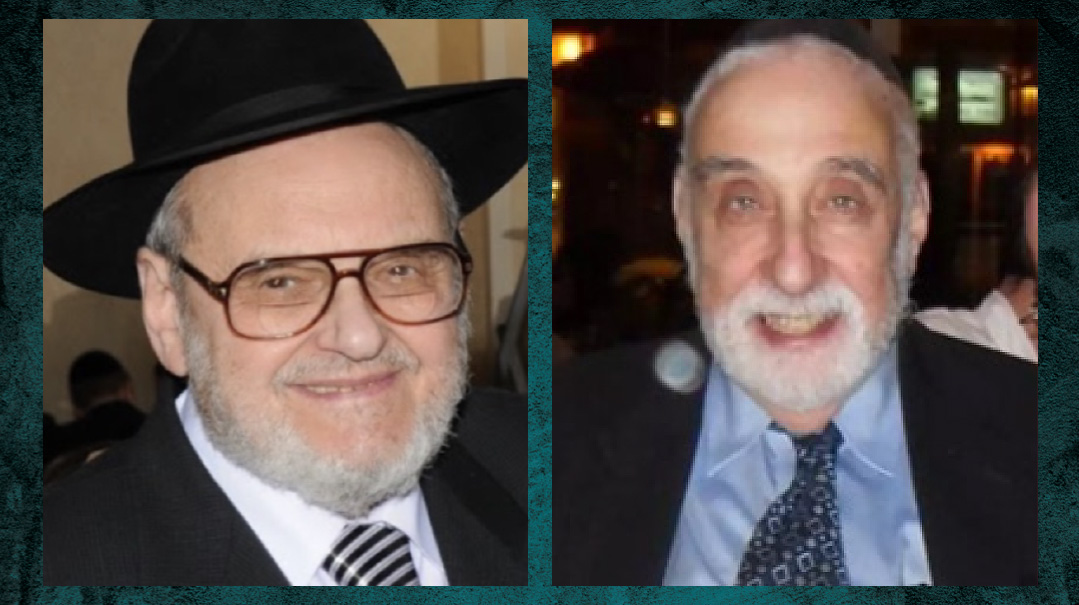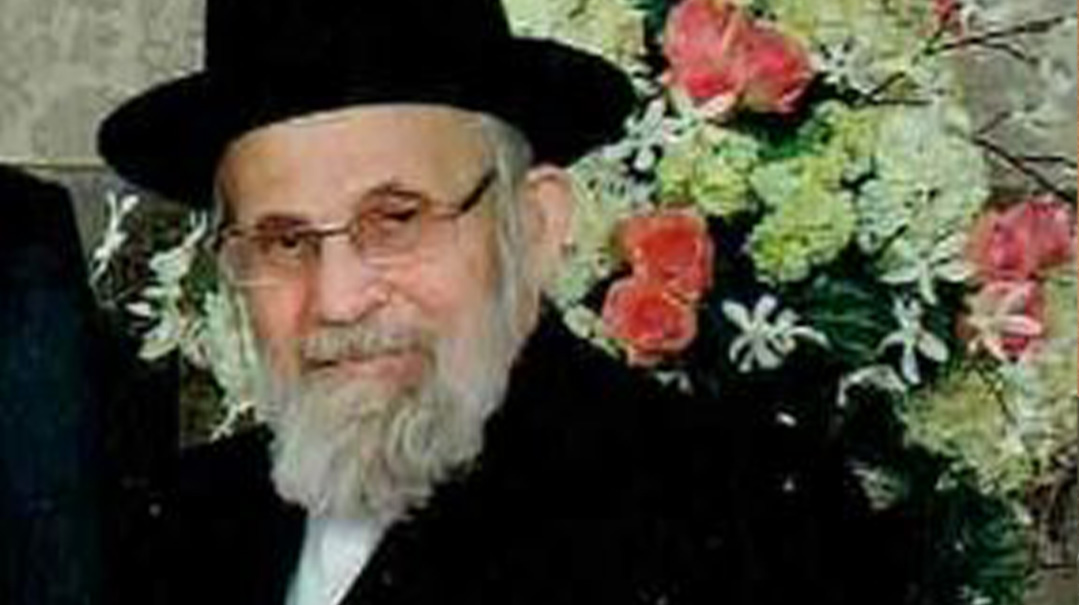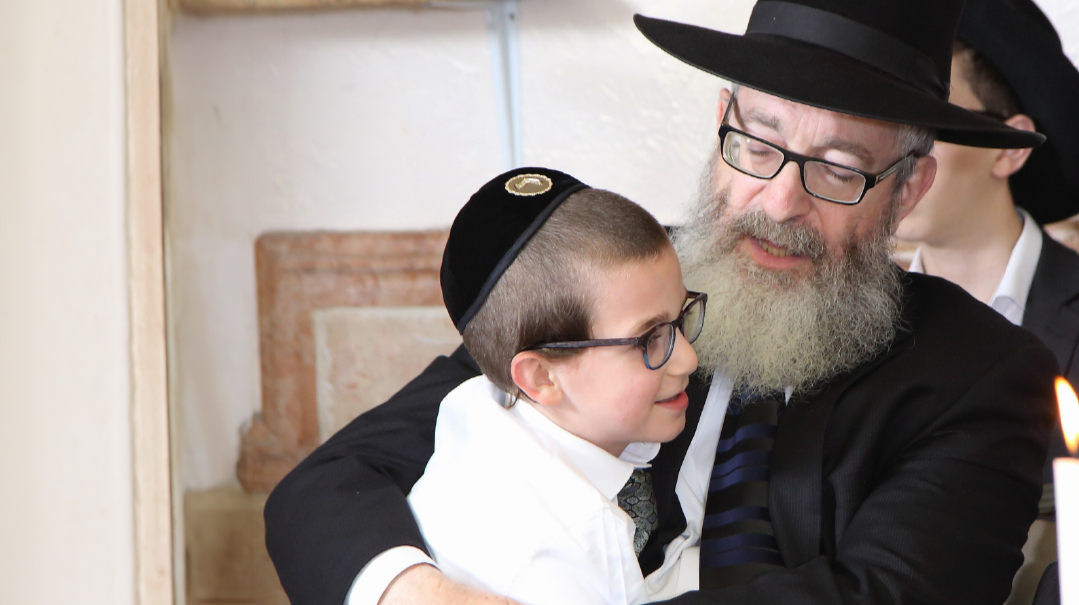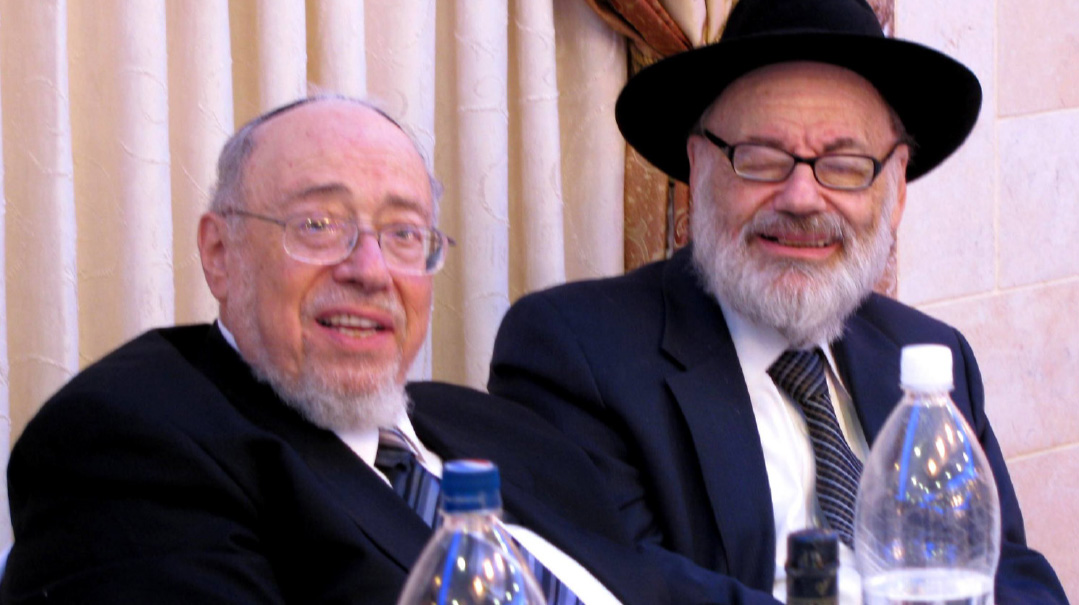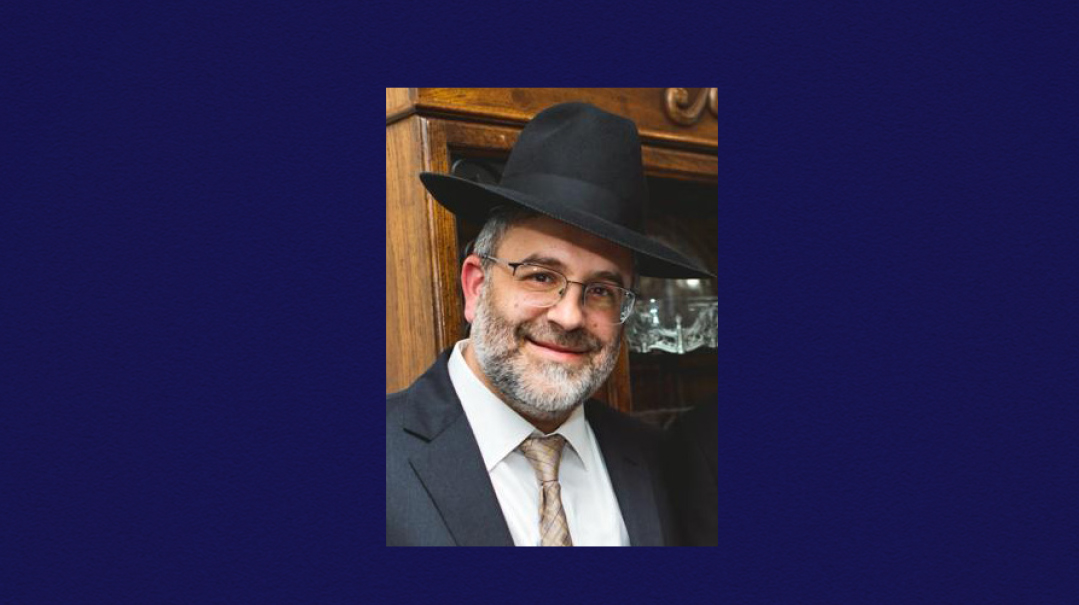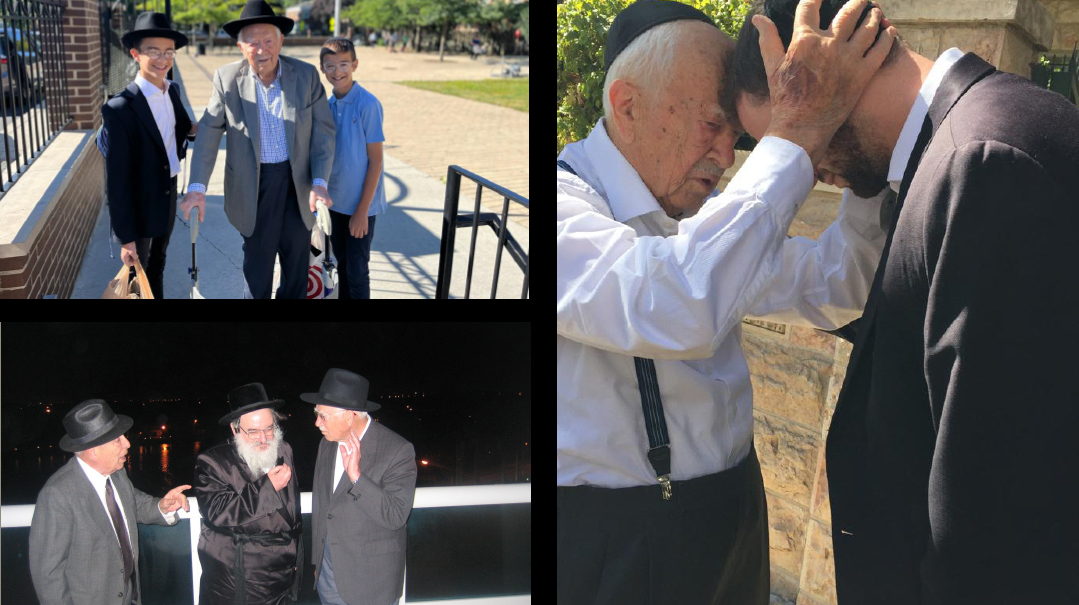To Gather Fruit
| September 13, 2017
Like everyone else who turned to her for help with their personal financial family or health problems the yungeleit of the yeshivah knew that Rebbetzin Finkel’s door was open to them. One daughter recalls her saying to a young man “I’m like the Kosel. To me you can come and cry whenever you want to come and cry. But when you go home only smiles!”
A cursory look at Rebbetzin Finkel’s life and one is struck by two traits: energy and empathetic chesed. This energy on behalf of the klal and deep empathy for each person’s needs has also become the hallmark of a yeshivah wherein thousands of boys find spiritual sanctity.
It’s just days after the shivah when I speak to Rebbetzin Finkel’s daughters but they are composed and dignified as always. Anyone who has had contact with the world of Yeshivas Mir can testify to the indefatigable sense of responsibility and wide-open hearts of these great women.
Each woman greets me warmly and defers to another sister as being more articulate and more of an authority. Finally I get to schmooze about their mother — but on one condition: no attributing quotes to individual daughters. They all shared her equally and they only want to be quoted in unison.
Distinguished Beginnings
Rebbetzin Esther was born in Vilna to a home of Torah greatness: Her father Rav Shmuel Greineman was a prominent talmid of the Chofetz Chaim and her mother Rebbetzin Tzivia nee Karelitz was the sister of the Chazon Ish. In 1933 when Esther was just a young girl four of the Karelitz siblings and their mother emigrated to Eretz Yisrael.
Around 1935 Rav Shmuel was compelled to travel to America. Rebbetzin Tzivia went along at his side along with their younger daughter Yuspa and youngest son Meir. The older Greineman boys were learning in yeshivos in Eretz Yisrael so they stayed behind. Naturally the parents wanted young Esther to accompany them. Just a young girl of 15 Esther refused to leave.

“Every little thing was a simchah in that house. Rebbetzin Finkel was happy and energetic as she cooked the gefilte fish. She literally brimmed with life"
America with its streets paved with gold did not tempt her. Intensely aware of the privilege of living in the epicenter of Torah and kedushah surrounded by the Torah giants of the generation she wasn’t going to let it go. So it was that Esther grew up in the home of her uncle the Chazon Ish in close proximity to the Steipler Gaon and with the responsibility of caring for her brothers.
“When someone in our family does things very determinedly we say ‘He’s doing it the Greineman way ’ ” the sisters share with me chuckling. “Our mother was very passionate and determined — she had a lot of the Greineman fire in her.”
World War II broke out and the ocean dividing Esther from her parents became almost impassable. Esther grew up in the fledgling yishuv. She came of age in an era of physical hardship yet nurtured by spiritual wealth.
It was the Chazon Ish who suggested his niece’s shidduch with Reb Beinish Finkel son of Rav Lazer Yudel rosh yeshivah of the Mir. The young Reb Beinish had come to the attention of the gedolim in Eretz Yisrael when he was involved in asking the famous sh’eilah about keeping Yom Kippur in Kobe Japan located on the international dateline.
As her parents were in America at the time Esther was married off by the Chazon Ish. The Finkel couple started off in a one-room apartment in Bnei Brak sharing an outdoor bathroom and kitchen with the neighbors.
Rav Beinish Finkel future rosh yeshivah of the Mir was the most unassuming of men. His gadlus in learning was hidden behind a straightforward manner and a robust sense of humor. So much so that it seemed as if one of his spiritual goals was to ensure that his Torah scholarship and avodah would remain unrecognized. (Excerpted from Family First Issue 559)
Oops! We could not locate your form.







